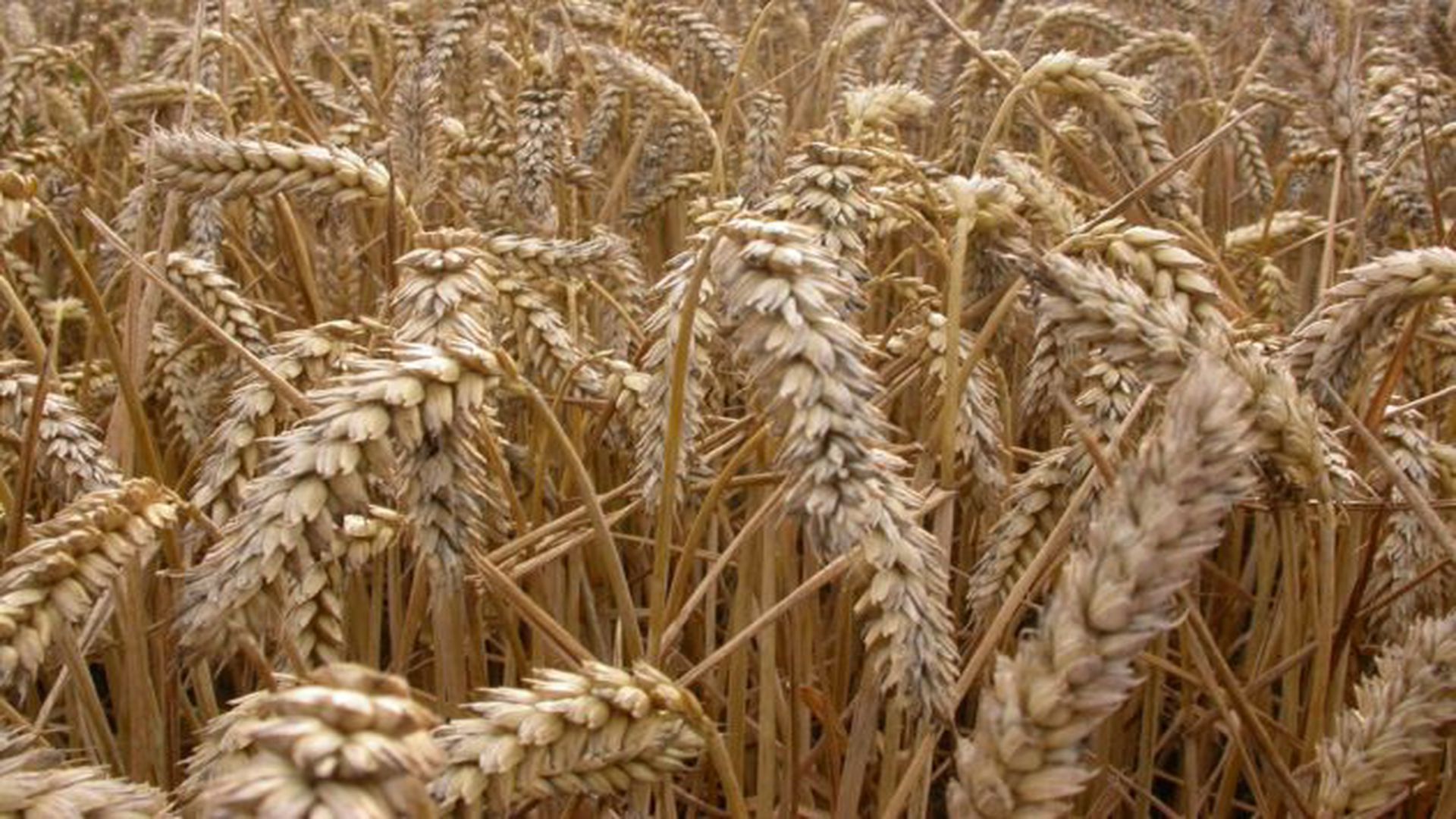The global wheat market continues to strengthen towards 2025. According to the latest report published by AMIS, global wheat production forecasts have been revised upward again and will reach a new record level. High final yields in Canada, the European Union, and the Russian Federation are among the most important reasons for this increase. Positive production expectations in Australia also support this optimistic picture. All these developments show that global supply is based on strong foundations and that the market is entering the 2025 season on a very solid footing.
Despite this remarkable increase in production, AMIS reports only a limited change in wheat consumption estimates for the 2025/26 season. Apart from minor adjustments in food and feed consumption, overall demand levels appear stable. This indicates that global consumption habits remain largely unchanged despite the increase in production. However, the picture is somewhat different on the trade side. Strong import demand from Asian countries and increased export capacity from Australia and the United States are expected to lead to a significant expansion in global wheat trade during the 2025/26 period. These developments will offset the negative impact of shipment declines in Canada, ensuring that international wheat flows remain dynamic.
According to AMIS, global stocks are projected to close above opening levels at the end of the 2025/26 season. Stocks are expected to increase significantly, particularly in Canada and the Russian Federation, thanks to strong production performance. This points to a comfortable supply outlook for the global wheat market as it enters the next marketing year. Despite regional challenges, the overall picture is supported by strong production and adequate stock levels.
The wheat season in the Northern Hemisphere is entering a transition period. As the spring wheat harvest nears completion, winter wheat planting is rapidly beginning. AMIS notes significant regional variations in weather conditions and soil moisture.
In the Russian Federation, the spring wheat harvest is progressing more slowly than the historical average in some regions due to excessive rainfall. However, yields above average are expected in important production regions such as the Volga, Ural, and Siberia. Conversely, winter wheat planting is not proceeding smoothly everywhere; moisture shortages in some areas may negatively affect plant emergence.
The situation in Ukraine is more challenging. Drought in the main production areas in the south and east of the country is delaying the planting process. According to AMIS' assessment, about half of the winter wheat planting is expected to be completed later than normal. This situation may affect plant development and yield potential, depending on rainfall patterns.
In Kazakhstan, the harvest is also continuing, but progress is occasionally interrupted due to rainfall. Weather conditions will play a decisive role in the final production quantity and quality. The situation in China is stable. The spring wheat harvest is nearing completion under favorable weather conditions, and production is strong. The stability of China's wheat production contributes to maintaining a balanced supply in the East Asia region.
In the United States, different results are observed in different regions. AMIS reports above-average yields in the east of the country and below-average yields in the northern plains. These differences stem from variations in rainfall and temperature during the growing season. Winter wheat planting is generally proceeding under favorable conditions, with only limited issues observed in the Pacific Northwest due to low soil moisture.
In Canada, the spring wheat harvest is progressing with average to above-average yields, supported by end-of-season conditions. Winter wheat planting has begun, and these developments confirm that the country will make a significant contribution to global production growth.
The wheat season in the southern hemisphere is generally quite positive. According to the AMIS report, production conditions are generally favorable in Australia and Argentina.
Timely and adequate rainfall across Australia has supported wheat development. Average or above-average yields are expected nationwide. This situation stands out as one of the main reasons for the upward revision in global production forecasts.
In Argentina, crop development is progressing smoothly. Harvesting has begun in northern regions and is expected to accelerate in the coming weeks. With no serious weather issues reported, the country's production outlook remains stable.
Trade and Stock Outlook: Asian Demand is Key
Global wheat trade is expected to increase in the 2025/26 season compared to last year. AMIS points to strong demand from Asian countries and increased supply potential from some major exporters as the main drivers of this increase. The rise in exports from Australia and the US is expected to offset the decline in shipments from Canada.
In Argentina, crop development is progressing smoothly. Harvesting has begun in the northern regions and is expected to accelerate in the coming weeks. With no serious weather issues reported, the country's production outlook remains stable.
Trade and Stock Outlook: Asian Demand is Key
Global wheat trade is expected to increase in the 2025/26 season compared to last year. AMIS points to strong demand from Asian countries and increased supply potential from some major exporters as the main drivers of this increase. The rise in exports from Australia and the US is expected to offset the decline in shipments from Canada.
The increase in stocks seen at the end of the season will be particularly noticeable in major producing countries such as Russia and Canada. AMIS emphasizes that this stock accumulation will ease global supply and keep price pressures limited. Entering the 2026 season, the outlook for the wheat market is supported by strong production and rising stocks.
According to AMIS data, the 2025 global wheat year is shaping up with high production, balanced consumption, and stable trade flows. Despite regional differences and variability in weather conditions, a strong supply balance has been achieved worldwide.







